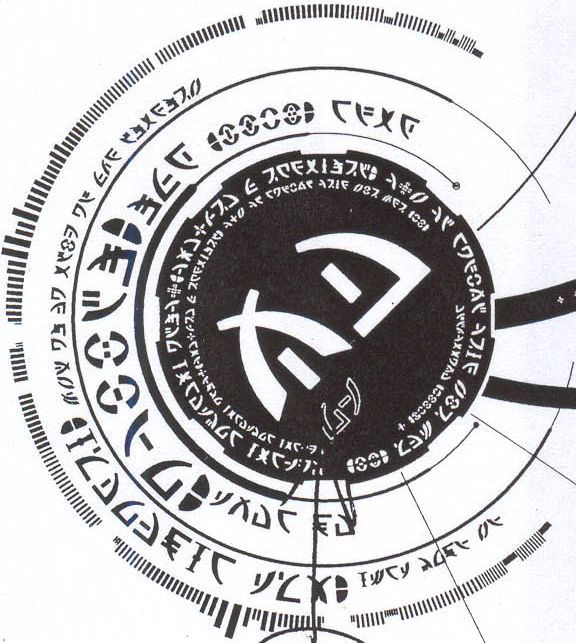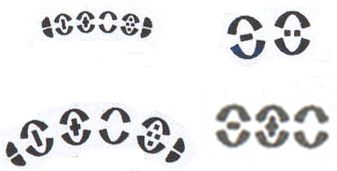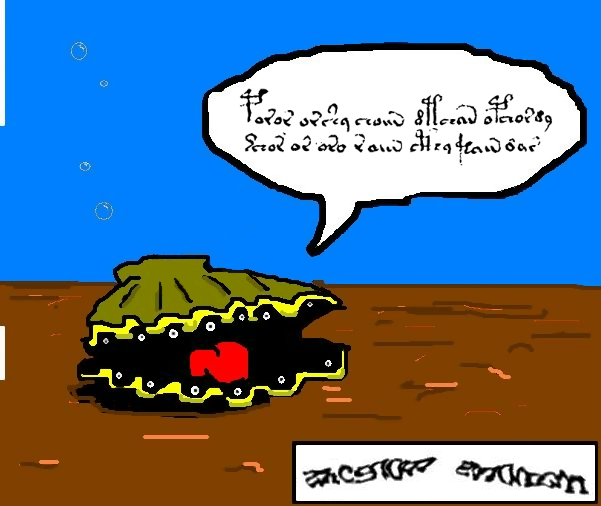Ever heard of Palo Alto CARET Labs? Nope, neither had anyone else until “Isaac” posted about his experiences at “PACL” in the mid-1980s as part of a team trying to turn “extraterrestrial technology” taken from “crash sites” into consumer goodies (such as a personal anti-gravity machine, apparently) for our sated materialist society.
So far, so mainstream UFO subculture: but what moves Isaac’s story into the A-list of recent UFO narratives is the set of lovingly-constructed images accompanying it. Some of these show machines (like a junkyard engine with neatly stencilled-on white lettering), while others are extracts from technical report “PACL Q4-86” (though why smuggle out a redacted version?) showing abstract representations of octal software / hardware with wonderfully obfuscated descriptions (e.g. “Isolated view of a three-node AB-type semaphore cascade, extending from an exterior vertex of an octal junction”).

There’s a ton of online discussion of Isaac’s images, nowadays mostly centring on whether Adobe Illustrator or Adobe AutoCAD was used to create his pretty diagrams (I’d say Adobe Illustrator, with lots of text and element reuse to make it seem like more than it actually is).
Though I’m not a ufologist (“Men In Black” is about as close as I get), what I like here is his funky alien alphabet – equal parts Star Fleet and Japanese (Kana). For all Isaac’s talk that this expresses a ‘non-compiled alien symbolic programming language’ (yeah, riiiight), it closely resembles a European monoalphabetic cipher in the following basic ways:-
- There seems to be an explicit numbering system
- There seem to be a Romance-language-size character set
- There seems to be a sharp language-like distribution to the symbols
Hence, I predict that the UFO hoaxer created a simple A-Z/0-9 alien font in Adobe Illustrator and just typed a load of technical-looking nonsense along lots of curved paths. For example, here are some of the number-like text fragments from various pages:-

To my eyes, this gives the impression of someone cut-and-pasting nonsense numbers – I’d predict that the shapes either side of the repeated string on the left are ‘(‘ and ‘)’ respectively (they reappear in matched pairs elsewhere in the diagrams), that the left pair of strings each reads “(5604)”, and that the other two strings encipher ’12’ and ‘160’. Note that I’m guessing those leading digits are 1’s, on the basis that Benford’s Law probably also holds true on alien worlds. 
If you’re interested in trying to crack this for yourself, feel free to download pages 119, 120, 121, 122, and 123 from Isaac’s Fortune City pages, and see how far you can get. Good luck! 




